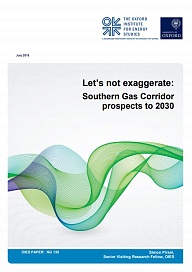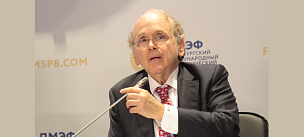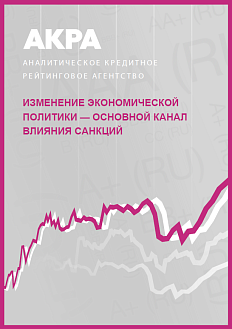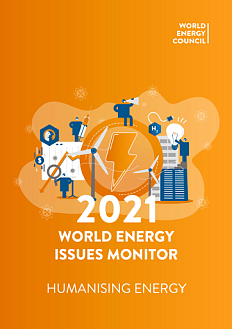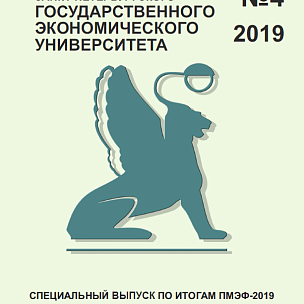A new round of political activity to promote the Southern Gas Corridor from the Caspian to Europe started in February with a meeting in Baku of European energy ministers and supplier nation officials. In June, the first gas was transported via the Trans Anatolian Pipeline (TANAP) across Turkey. The first substantial source of supply for the Corridor, the Shah Deniz II project in Azerbaijan, started producing gas in June, and will ramp up to its peak output of 16 bcm/year by 202122. This will mean that Europe will receive around 10 bcm, no more than 2% of its overall demand, via the Southern Corridor (instead of 1020% planned in Brussels).
To assess the potential for the Southern Corridor during the 2020s, five groups of factors need to be taken into account:
- prices and market conditions: Southern Corridor gas may not be able to compete with other supplies;
- Turkey and South-East Europe: supplies to these regions can be more viable economically than those to Europe;
- alternative sources of supply: prospects of other energy sources (LNG from Russia or from the USA, alternative energy sources) look much stronger;
- the attraction of non-European markets: potential suppliers have made investments in alternative export routes;
- timing: undeveloped gas reserves, as well as a lack of infrastructure and production capacities in potential gas-supplying countries mean that it will take considerable time to provide Europe with required volumes of gas via the Southern Corridor.
.png)
While political leaders continue to paint the corridors prospects after 202122 in very bright colors, the market dynamics in the Caspian region itself, in the Caucasus and Turkey, and in Europe are less promising. The commercial conditions for the Southern Corridors success have deteriorated as political support for it has grown. The report argues that, up to 2030, the Corridor will most likely remain an insubstantial contributor to Europes gas balance. In the best scenario, there will be enough gas for a second string of TANAP but this wont happen until late 2020s.
.png)


